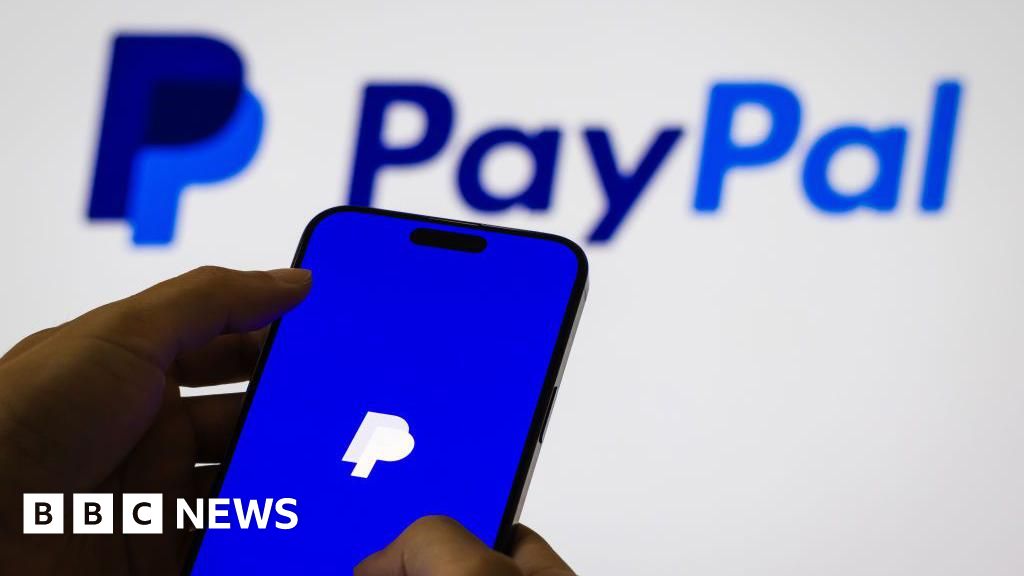Your support helps us to tell the story
From reproductive rights to climate change to Big Tech, The Independent is on the ground when the story is developing. Whether it’s investigating the financials of Elon Musk’s pro-Trump PAC or producing our latest documentary, ‘The A Word’, which shines a light on the American women fighting for reproductive rights, we know how important it is to parse out the facts from the messaging.
At such a critical moment in US history, we need reporters on the ground. Your donation allows us to keep sending journalists to speak to both sides of the story.
The Independent is trusted by Americans across the entire political spectrum. And unlike many other quality news outlets, we choose not to lock Americans out of our reporting and analysis with paywalls. We believe quality journalism should be available to everyone, paid for by those who can afford it.
Your support makes all the difference.
Three top mortgage lenders hiked their rates this week, despite efforts by the Bank of England to cut borrowing costs.
Santander, HSBC and TSB raised rates by up to 0.3 percentage points. The moves come as mortgage lenders have had a rush in custom, according to brokers. They have upped their rates to ease demand even after the Bank of England last week cut borrowing costs by 0.25 percentage points.
The number of approvals for homebuyers rose to a fresh two-year high in September, with 65,600 loans being approved – 700 more than in August, according to the Bank of England.
Mortgage technical manager at Broker John Charcol, Nick Mendes, said: “While many lenders have opted to maintain their existing rates to preserve business volumes and service standards, those offering competitive pricing have been forced to adjust likely due to applications levels.
“These influxes often stretch service levels, prompting rapid rate changes to manage demand effectively.
Mr Mendes said locking in a deal now is a good idea; if rates drop, you can renegotiate. If they rise, you can stick with your deal.
“For clients nearing the end of their fixed-rate terms, it’s essential not to delay in the hope that rates will revert to levels seen weeks ago. Securing a deal now provides certainty in an uncertain market. There is always the option to review and adjust if circumstances change but acting promptly minimises exposure to further rate increases.”
The moves now make Barclays among the best offerings, with a two-year fixed deal of 4.11 per cent for those with a 25 per cent deposit.
With a 40 per cent deposit, NatWest offers 3.96 per cent. Locking in for five years means lower rates of 3.84 per cent for a big deposit, or 3.89 per cent for 25 per cent, both with NatWest.
The general recent trend for mortgage rates has been downward following the highs experienced two years ago in the wake of former prime minister Liz Truss’s horror mini-Budget.
But a number of cheap products were pulled from markets in recent weeks. Santander withdrew a 3.68 per cent five-year fixed-rate product for borrowers with a 40 per cent deposit in their homes.
The Budget also heralded pricier borrowing in commercial markets since traders bet that extra spending would have an inflationary impact on the UK. This has an effect on mortgage rates.
This effect can be seen in the yields offered on UK government debt. On the day before the budget, 10-year gilts yielded 4.32 per cent compared to 4.42 per cent today. This pushes up the cost of borrowing for most.














































